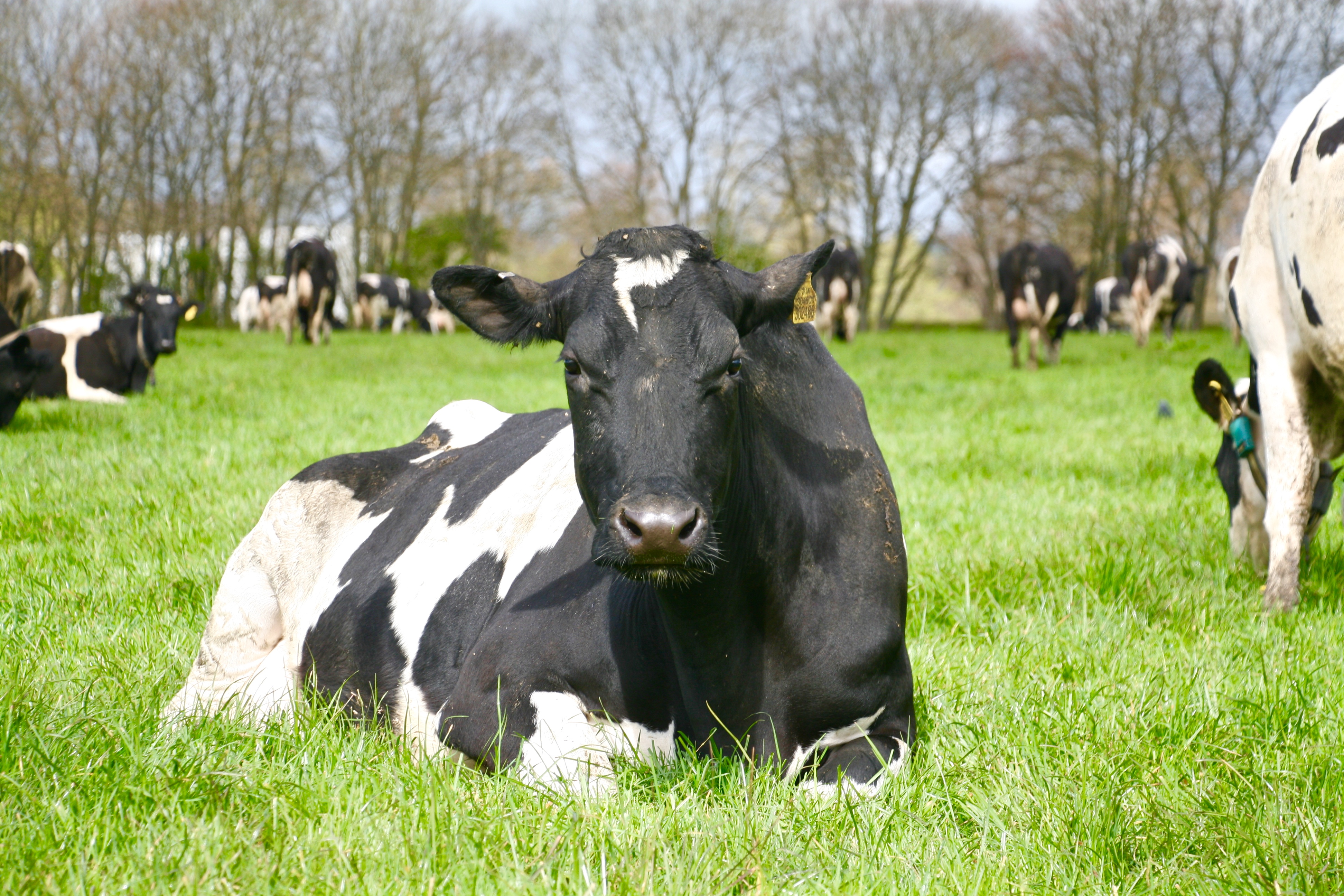



Identifying lameness in cattle – what works, what doesn’t and what farmers should aim for
New technologies like cow-attached accelerometers could improve lameness detection and management, but underlying issues in analytics and algorithms could prevent farmers from adopting the new systems.A recent article in the Journal of Dairy Science reviewed the viability of using accelerometers to detect lame cattle. Their review found that attaching one gait-measuring accelerometer per cow at a low resolution (less than 100 Hz) could potentially provide farmers with an accurate and low-cost method for automating lameness detection. However, the researchers didn’t give a full endorsement to this method. Based on the evidence, they concluded that the outstanding gaps in lameness detection algorithms and analysis mean that widespread adoption on-farm is years away.
.jpg)
Background
Preventing, identifying and treating lame cattle is an ongoing challenge for farmers and the cattle industry. Existing prevention methods like improved walking surfaces and nutrition are only part of the solution. Mild and moderate cases of lameness are notoriously difficult to identify, leading to cases becoming more severe and costly to treat down the line. Most identification strategies use locomotion scoring to assess the entire herd. Routine hoof trimming is another identification and treatment method since the legs are lifted and inspected by farmers and veterinarians. Farmers also rely on ad hoc observations for diagnosis.
Though these detection strategies can work, there are some practical barriers to their application. Despite recommendations stating that locomotion scoring should happen on a monthly basis, this rarely happens. Some farmers don’t do it at all. Similar issues exist with hoof trimming.
For the most part, farmers tend to rely on ad hoc detection despite the well-documented drawbacks. Ad hoc observations for diagnosis are problematic for mild and moderate lameness cases. “Eyeballing” it is ineffective, and it doesn’t give farmers the herd-level statistics they need to manage their operations.
Finding ways to automate lameness detection would be hugely useful for farmers. Automatic and algorithm-based methods would allow for early detection and identify mild and moderate cases as they emerge. This early detection could also reduce the time between onset and treatment – preventing cases from becoming severe, speeding up recovery time and saving money on treatment.
Different researchers have suggested using wearable devices like accelerometers to collect herd-level statistics. Ideally, these devices would alert farmers to changes in the cows’ gait or behaviour and give progress reports on recovering cows. Though this is theoretically feasible, there are barriers to adopting automated systems.
Firstly, not all accelerometers are created equal. The data the devices collect requires analysis and responsive algorithms, and different companies would have unique measurement systems. Additionally, farmers may not be able to invest in the emerging technology. The economic returns from automating lameness detection could still be marginal, and since many farmers perceive mild and moderate lameness cases as non-urgent, the industry could maintain the status quo.
The study
The researchers reviewed multiple studies on lameness detection. They specifically focused on papers that used accelerometers to detect the condition, and where the accelerometers had a high accuracy rate during diagnosis. The researchers also reviewed the variables that indicate lameness – like laying or stepping behaviour – and the statistical methods the devices used to identify lameness cases.
What to aim for when automating
The researchers stress that automation should ideally have a high accuracy rate while also being low-cost. If the solutions met this threshold, farmers would be more likely to adopt the technology and lameness could be more easily detected.
When describing accuracy, the researchers used the terms specificity and sensitivity. In this context, specificity means that the accelerometers could correctly identify non-lame cows (the true negative rate). Sensitivity means that the devices were able to correctly identify lameness cases (the true positive rate).
Based on the evidence, the researchers recommend investing in systems with a 90 percent sensitivity rate and a 99 percent specificity rate. They felt that this would give farmers valuable information while keeping the equipment at an accessible price point.

When explaining their recommendation, the researchers said that a 99 percent specificity rate would minimise false positives, making widespread adoption more likely. The 90 and 99 percent thresholds would also keep unnecessary drafting and hoof inspections to a minimum – saving the farmer time and labour.
In terms of algorithms, the researchers found that behaviour-based indicators weren’t completely reliable when detecting lameness. The studies that used behaviour measures had low sensitivity and specificity rates, and the findings weren’t generalisable to different farm contexts. They did note that gait-based measures were better at correctly identifying cases across different farm systems and breeds.
The researchers found that attaching a single, low-resolution accelerometer to each cow in the herd would be a relatively easy way for farmers to automate lameness detection. If the algorithm interpreting the accelerometer data achieved the sensitivity and specificity scores, it could provide and economic and labour-saving boon to farmers.
As a final recommendation, the researchers urge farmers to hold out for a commercial system that’s been independently tested in different farm systems and with different cattle breeds. This would ensure the automation is reliable and brings the most value to the farm.



